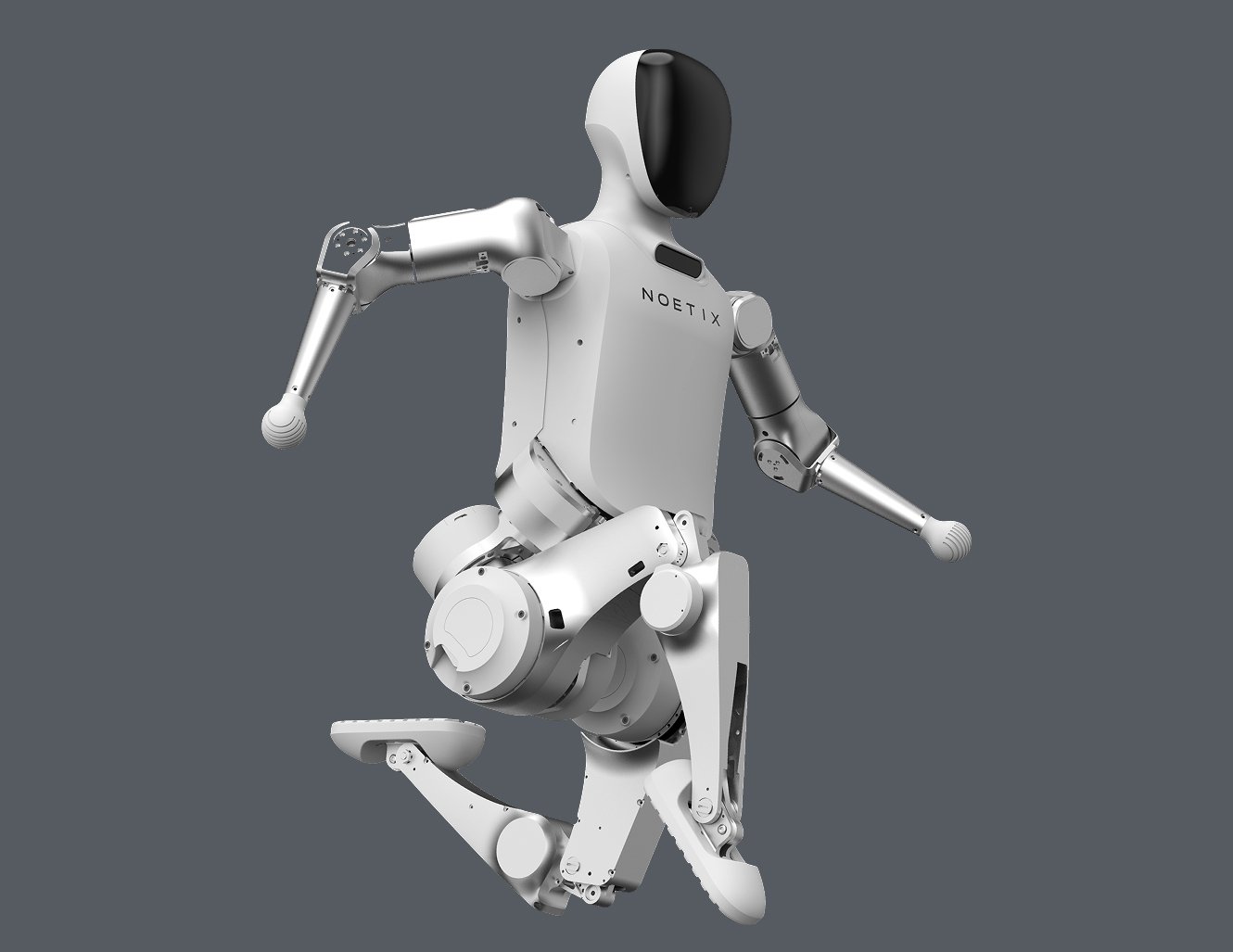Manufacturing and Production Capacity
Noetix operates production facilities in Beijing and Changzhou, with a third manufacturing site in planning stages. The company aims to scale production to 1,000 units per month by late 2025, a target that reflects both growing demand and the efficiency gains from vertical integration. Current production capacity stands at approximately 10 robots per day, with plans to deliver around 2,000 total units by year-end 2025.
The company's manufacturing strategy leverages China's domestic supply chain advantages, with nearly 100 percent of components sourced locally. This localization strategy enables faster iteration cycles, reduces logistics costs, and provides Noetix with a significant cost advantage over international competitors who must manage complex global supply chains.
Product Portfolio Evolution
Before Bumi, Noetix developed the N2 humanoid robot, a 118cm tall, 29kg platform priced at ¥39,900 (approximately $5,500). The N2 established Noetix's technical credentials through its marathon performance and competitive success, generating over 2,500 orders. The company also offers the E1, an upgraded N2 variant with enhanced capabilities.
Jiang has stated that Noetix plans to launch even more affordable consumer-grade robots priced around ¥5,000 ($700) in future product iterations, continuing the trend toward mass-market accessibility. This product strategy mirrors successful consumer electronics companies, with Jiang explicitly stating his vision for Noetix to become "the Xiaomi of the humanoid robot industry" in the short term and "the Apple of robotics" in the long term. For organizations tracking the broader landscape of humanoid robotics companies, Noetix represents a new model: rapid commercialization through cost engineering rather than technical maximalism.

.png)